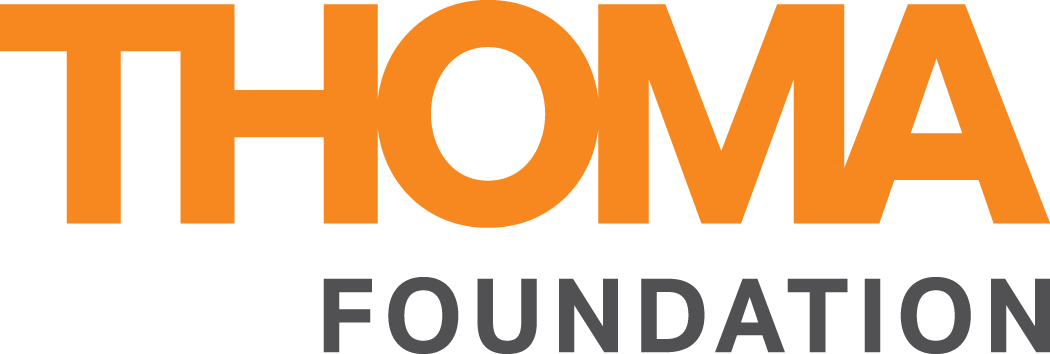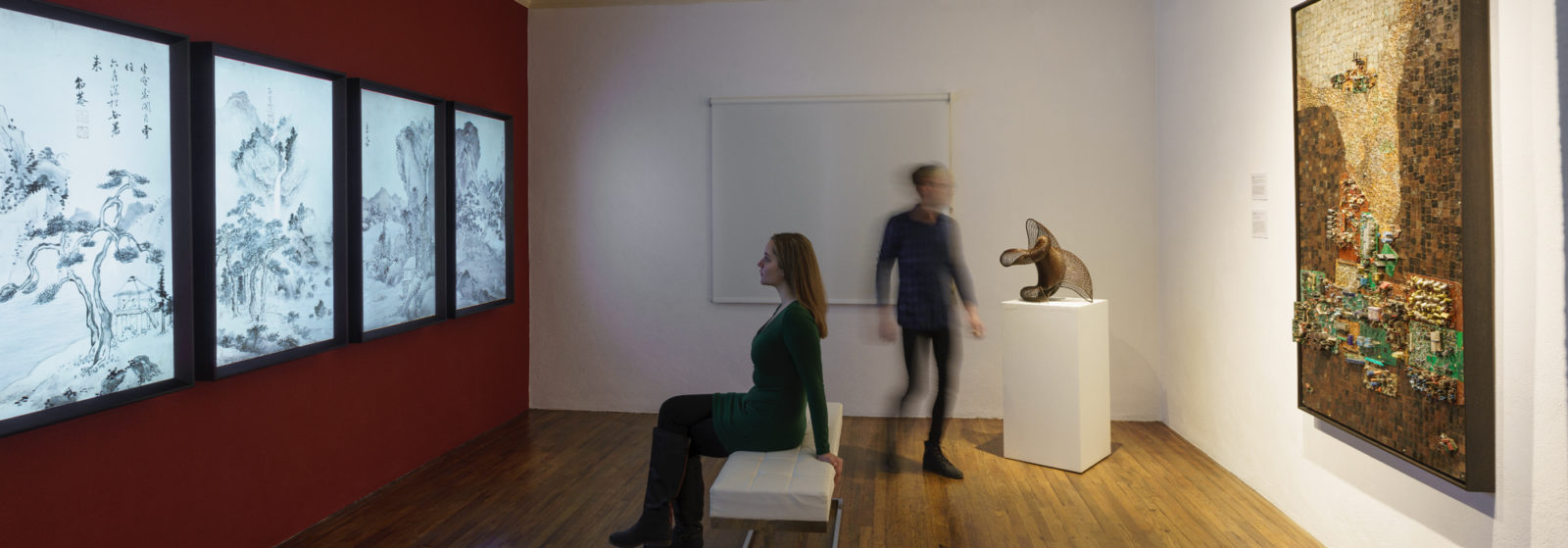We received LOIs from 96 organizations for our inaugural Digital Changemaker Grant, and the task of selecting just a handful from whom to request a full proposal was daunting. We learned a lot in the process as we read about your projects and engaged with many of you over the phone or on Zoom. Because it will be difficult for us to communicate with each of you about why one application versus another was selected, we prepared a summary of general characteristics that set selected applications apart.
We want to thank every applicant for being part of this journey alongside us and hope that these comments will help you with future applications to our grant programs. For further questions, please email grants@thomafoundation.org.
What?
We first and foremost have to understand what a project is about. We looked for projects that clearly articulated the goals, activities, and involved parties, and minimized jargon. The most successful applications included foundational details of how the project would go from point A to B to completion. One notable LOI included a thorough narrative of how student and educator workshops shaped the design of an online learning platform.
Tell Us A Story
Beyond those critical details of how a project would come to fruition, the best LOIs were those that gave us a strong sense of what an organization stands for, who its stakeholders are, and a palpable understanding of how that organization’s past connects to its (digital) future. To do this, these LOIs deployed vivid, concrete language, used quotes and anecdotes effectively, and demonstrated a high degree of engagement with the communities the organization serves. In one persuasive example, an organization included direct feedback from a student that captured the difficulties of replacing in-person learning with virtual experiences, and the fact that success relies as much on quality teaching staff as it does on technological expertise.
Get Leadership on Board
Often, the strong sense of organizational identity and the clear relationship between broader mission and project narrative detailed above also correlated with leadership buy-in. For many organizations who were invited to submit full proposals, it was evident that the executive director or other senior leadership had not only endorsed but helped shape the project presented in the LOI. In some cases, the executive director participated in a call about the proposal with our grants team.
Substantiation of Impact
We treat each grant like an investment, and we want to know what will have the greatest impact. What does it mean for your project to achieve its stated goals? Who will use the resource, how many will benefit, and in what ways? Sometimes this information comes from past successes, like specific audience numbers or quotes from surveys. From newer programs, we look for an understanding of the field and a logical connection from project to audience to impact. For example, we read an example of how design elements for a new online platform were carefully selected based on a recognized model to inspire action from empathy.
Measurement
We hope you love data as much as we do! We want to see not only which metrics different organizations are tracking, but also how that will help them evaluate their progress and make improvements. This doesn’t just mean quantitative data either – some of the most interesting examples of data gathering and measurement came from organizations that surveyed constituents.
Ready, Set, Go
We were looking for projects that had the bulk of planning already done, but which needed funding to get them started. We were also interested in projects that had already finished a pilot, found what was successful, and needed capital to expand. We know even the planning process can be expensive, but our vision for the Digital Changemaker Grant was to accelerate change. Planning can be (and often should be) a multi-year process, and we wanted to mitigate the risk of a project changing forms several times, or even ceasing to exist, as a result of that process.
“Digitization and”
We received a lot of digitization projects, and selecting which, of any, of this type of project to advance to full proposal was difficult. There were many valuable archives, endangered documents, and unique collections that all felt extremely worthy of digitization. However, this grant program is really aimed at sparking institutional change, audience engagement, and technological ingenuity. For successful project, digitization was typically only one integral portion of a larger project, and it was clear how the digitization element related to broader impact and innovation. Of the projects we selected that had a digitization component, we looked for:
- Audience interaction – additional components that ensure audiences would not only view but also interact meaningfully with the works. Outstanding examples we saw included crowdsourcing search word tags, projecting digitized designs on 3-D surfaces to make them come alive, and encouraging audiences to curate their own exhibitions.
- Audience demand – what will happen to digitized works that live in an online database? While the potential for audiences to view is always there, we wanted to know what the likelihood was. Organizations that incorporated digitization projects into educational programs with a proven reach or had requested feedback from visitors about what they wanted to see online, tended to be more successful.
Thank you again, to every organization that submitted an LOI or spoke with our grants team about their application. We are thrilled to have met so many dedicated changemakers across our target region through this process, and look forward to future conversations with you. Follow the Digital Changemaker Grant winner announcements (coming late May 2021) on our main webpage or by subscribing to our newsletter in the form at the bottom of this page.

